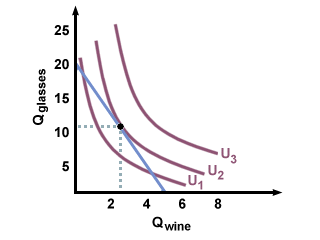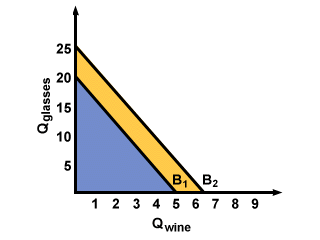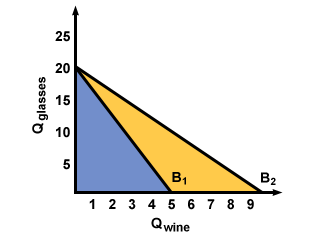Please wait while we process your payment
If you don't see it, please check your spam folder. Sometimes it can end up there.
If you don't see it, please check your spam folder. Sometimes it can end up there.
Please wait while we process your payment

By signing up you agree to our terms and privacy policy.
Don’t have an account? Subscribe now
Create Your Account
Sign up for your FREE 7-day trial
By signing up you agree to our terms and privacy policy.
Already have an account? Log in
Your Email
Choose Your Plan
Individual
Group Discount
Save over 50% with a SparkNotes PLUS Annual Plan!
 payment page
payment page
Purchasing SparkNotes PLUS for a group?
Get Annual Plans at a discount when you buy 2 or more!
Price
$24.99 $18.74 /subscription + tax
Subtotal $37.48 + tax
Save 25% on 2-49 accounts
Save 30% on 50-99 accounts
Want 100 or more? Contact us for a customized plan.
 payment page
payment page
Your Plan
Payment Details
Payment Summary
SparkNotes Plus
You'll be billed after your free trial ends.
7-Day Free Trial
Not Applicable
Renews July 18, 2025 July 11, 2025
Discounts (applied to next billing)
DUE NOW
US $0.00
SNPLUSROCKS20 | 20% Discount
This is not a valid promo code.
Discount Code (one code per order)
SparkNotes PLUS Annual Plan - Group Discount
Qty: 00
SparkNotes Plus subscription is $4.99/month or $24.99/year as selected above. The free trial period is the first 7 days of your subscription. TO CANCEL YOUR SUBSCRIPTION AND AVOID BEING CHARGED, YOU MUST CANCEL BEFORE THE END OF THE FREE TRIAL PERIOD. You may cancel your subscription on your Subscription and Billing page or contact Customer Support at custserv@bn.com. Your subscription will continue automatically once the free trial period is over. Free trial is available to new customers only.
Choose Your Plan
This site is protected by reCAPTCHA and the Google Privacy Policy and Terms of Service apply.
For the next 7 days, you'll have access to awesome PLUS stuff like AP English test prep, No Fear Shakespeare translations and audio, a note-taking tool, personalized dashboard, & much more!
You’ve successfully purchased a group discount. Your group members can use the joining link below to redeem their group membership. You'll also receive an email with the link.
Members will be prompted to log in or create an account to redeem their group membership.
Thanks for creating a SparkNotes account! Continue to start your free trial.
We're sorry, we could not create your account. SparkNotes PLUS is not available in your country. See what countries we’re in.
There was an error creating your account. Please check your payment details and try again.
Please wait while we process your payment

Your PLUS subscription has expired
Please wait while we process your payment
Please wait while we process your payment

Utility

If we know her indifference curves, we can draw her budget constraint
in with them on the same graph. After that, it is simply a matter of
finding the outermost indifference curve that is tangent to (just
barely touches) her budget constraint, and use this tangent point as
her optimal combination of wine and glasses. In this case, it is the
second indifference curve that optimizes her utility given her budget.

Optimizing Tina's Purchasing Decision
Why does it have to be the indifference curve that is tangent to her budget constraint? If it were an indifference curve that crosses her budget constraint, such as the first indifference curve, then we can see that the two points of intersection don't make her as happy as the single tangent point in the previous graph. By picking the outermost curve that still touches her budget constraint, we have maximized her utility. We can't pick a curve any further out, such as the third indifference curve, since she can't afford to buy more than $100 worth of wine and glasses.
Obviously, budget constraints change with changes in income or price. For instance, if Tina now has $125 instead of $100, her new budget constraint will be a parallel shift out from her original budget constraint. The yellow shaded region represents the increase in possible purchases she can make:

On the other hand, if Tina still has only $100, but the price of wine changes from $20 a bottle to $10 a bottle, her budget constraint will pivot to reflect this change:

Please wait while we process your payment

